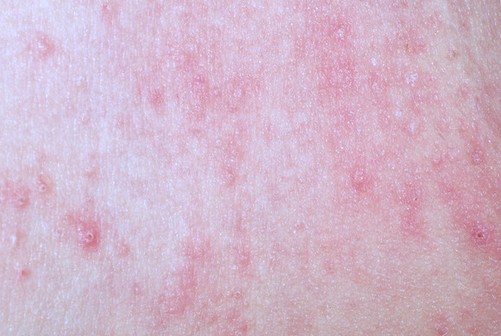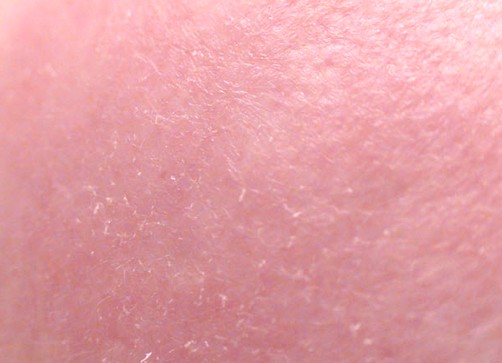Celiac disease is a digestive condition marked by intolerance to gluten. Gluten is a protein that occurs in grains like wheat, barley, rye, etc. Consumption of these grains, or any food product containing these grains as an ingredient, tends to cause several adverse symptoms, including an immune reaction that affects the small bowels, damages its wall, and eventually reduces its ability to absorb nutrients from food.
Pain and diarrhea are the most common symptoms experienced by celiac disease patients after intake of gluten. Skin rashes may also form in some others. Nil or reduced absorption of nutrients can subsequently cause vitamin deficits and insufficient nourishment of vital organs like the bones, brain, and peripheral nervous system.
There is no cure for celiac disease. Controlling the diet to include only gluten-absent foods can help prevent the adverse symptoms.
Symptoms and signs of celiac disease
There are no standard signs and symptoms associated with celiac disease. Some affected individuals may not elicit any symptoms. Sometimes, the symptoms may mimic those associated with other digestive disorders like Crohn’s disease, irritable bowel disease or IBS, parasitic infections, and gastric ulcers.
Celiac disease patients may however suffer from the below listed common problems, after intake of gluten-rich foods.
- Pain in the abdominal area
- Bloating
- Random episodes of diarrhea
Uncommon symptoms include:
- Sores in the mouth
- Joint pains
- Upset stomach
- Irritability
- Anemia
- Tingling sensations in legs and feet.
- Depression
- Muscle cramps
- Skeletal and dental problems
- Rashes on the skin
- Intake of gluten can trigger the formation of dermatitis herpetiformis, a skin condition, in people with celiac disease. Affected people will eventually suffer from itching, blistery rashes that develop on the torso, scalp, and buttocks.
Malabsorption of nutrients can cause a variety of additional symptoms and health problems, including:
- Loss of weight
- Gas
- Abdominal cramps
- Fatigue and/or loss of energy
- Malaise or generalized weakness
- Fatty or oily stools; it may have a bad odor and appear greyish
- Lack of nutrients supply to the body can result in stunted or retarded growth in children with celiac disease.
Causes of celiac disease
- Research is still on to find out the main cause of celiac disease. It is known that the adverse immune system allergic reaction, seen in patients after the intake of gluten-rich foods, is triggered by certain unknown factors.
- Doctors are also aware that celiac disease can be inherited from the parents. Individuals with a family history of the condition are more likely to develop the disease than others. Studies conducted over the years have shown that some forms of genetic mutations pose increased risk to developing celiac disease. It may however be noted that individuals with such genetic mutations may not necessarily develop celiac disease. It can thus be concluded that in addition to genetic anomalies, the condition may develop only if other factors, as yet known, are also present concurrently.
- Research has also indicated that people suffering from autoimmune thyroid disorders, microscopic colitis, type 1 diabetes, and Down syndrome are more vulnerable to developing celiac disease than others.
- It is known that the wall of the small intestinal consists of villi, i.e., tiny, hair like growths. These microscopic structures help absorb vital nutrients such as vitamins, minerals, and fat, etc. from food eaten by people. After consuming gluten-containing foods, the villi in celiac disease patients tends to get damaged as part of the adverse response. In the initial stages, the villi may underperform; but with continued exposure to gluten, they get fully destroyed. The intestines are thus unable to absorb any vital nutrients, all of which are eliminated along with stool, eventually resulting in the associated medical complications and health problems.
Treatment of celiac disease
Currently, celiac disease has no known cure. The adverse symptoms associated with the condition can however be managed via dietary changes and control, medications, and nutritional supplements.
- Diet: Patients need to avoid all foods containing gluten. Some of the common gluten-rich foods are wheat, triticale, semolina, rye, graham flour, farina, bulgur, barley, durum, and spelt, a type of wheat. Patients should also consult a nutritionist to plan a gluten-free diet.
- Patients will start feeling better after following a gluten-free diet for just a few days. Recovery from intestinal damage will however occur in several weeks. Complete healing, abatement of adverse symptoms, and re-growth of intestinal villi will occur in many months or years. Children with celiac disease experience faster re-production of villi than adult patients.
- Supplements: Extreme nutritional deficiencies in patients can be overcome via intake of vitamin and mineral supplements. Doctors may suggest consumption of vitamins D, K, and B12, folate, iron, and calcium supplements. Some patients may lack the ability to absorb the nutrients present in oral food supplements. Such people are therefore administered intravenous vitamins.
- Medications: Doctors may prescribe steroids to manage and control severe inflammation of the small intestine inner lining. Steroids also act as potent pain killers. The drugs will be stopped once diet changes begin to show its curative effects.
Celiac disease rash – pictures



